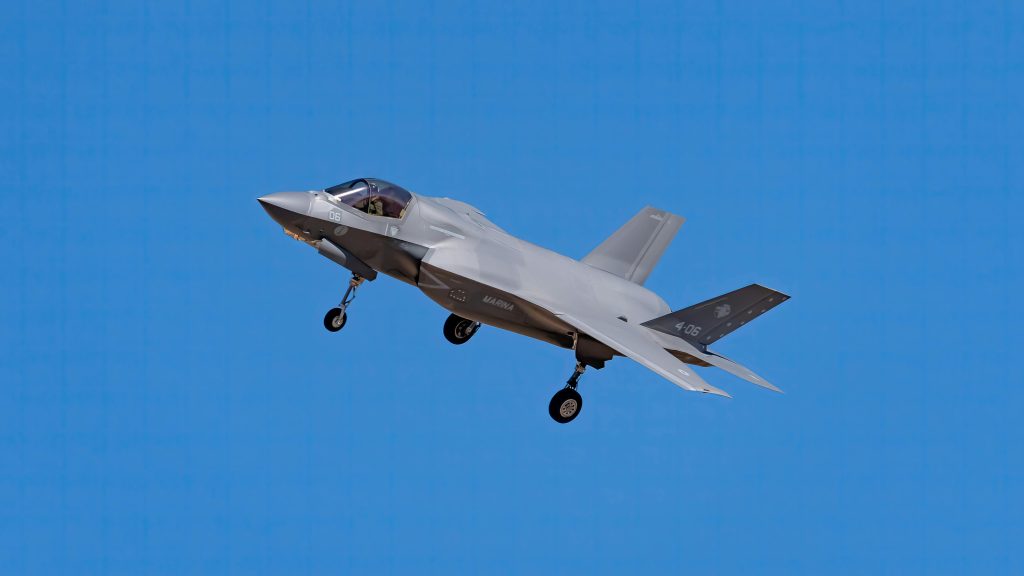
Will the sale of America’s most advanced stealth fighter to Saudi Arabia tip the balance of power-or hand adversaries the keys to its secrets? That is the question now facing Washington as the Trump administration presses ahead with a proposed multi‑billion‑dollar deal for 48 Lockheed Martin F‑35 Lightning II jets. The move comes despite a classified warning from the Defence Intelligence Agency about the risk of technology leakage to China and potential destabilization in the Middle East.
The F‑35 is the most significant defense program in history, with cutting-edge technologies developed in concert with the most sensitive capabilities produced with America’s closest allies. For years, Washington has avoided sharing those capabilities with states that have alliances with US adversaries. Saudi Arabia’s growing defense alignment with Beijing, purchases of Chinese missiles, and complicated regional relationships-particular with Iran-have sparked a storm of concern among intelligence officials, lawmakers, and military planners.
As Saudi Crown Prince Mohammed bin Salman arrives in Washington to discuss a raft of high-stakes issues, the controversy spans debates over espionage threats, Israel’s qualitative military edge, and the geopolitics of Arab-Israeli normalization. Here are nine critical dimensions shaping that controversy.

1. Pentagon Warning on Security
But a classified report by the DIA warns that selling the F‑35 to Riyadh risks the stealth technologies falling into Chinese intelligence hands either through espionage or deepening defense ties. This is underpinned by the record of China in acquiring Western military designs through illicit means, including the theft of the F‑22 and F‑35 blueprints. The leak of the report has increased tensions between DIA leadership and Secretary of Defense Pete Hegseth, who is expected to approve the sale.

2. China’s Track Record in Stealth Tech Acquisition
China’s Chengdu J‑20 program is presumed to include elements stolen from American and Russian fighters. The theft by Su Bin of 630,000 files from US aerospace firms is emblematic of the scale of past breaches. Analysts say that with a combination of wreckage recoveries from downed aircraft, cyber intrusions, and industrial partnerships, Beijing has been able to close the stealth gap in a far faster way than expected.
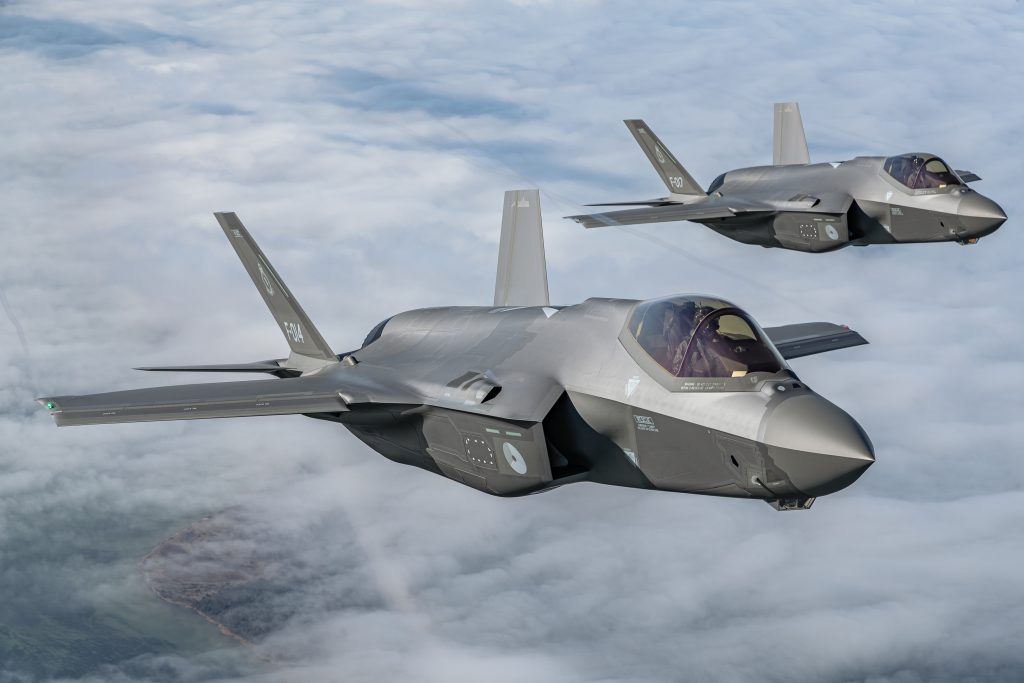
3. Saudi‑Chinese Missile Cooperation
Indeed, Saudi Arabia has a history of importing Chinese ballistic missiles, from DF‑3s in the 1980s to the more recent purchases of DF‑21 missiles. Analysis by IISS indicated that Riyadh has also constructed solid‑fuel motor production facilities with Chinese help, raising proliferation concerns. This sort of cooperation only deepens fears that F‑35 technology might be compromised if it gets integrated into a defense ecosystem that includes Chinese inputs.

4. Israel’s Qualitative Military Edge
US law lays out a requirement to maintain Israel’s QME over regional competitors. Today, Israel is flying F‑35s alone in the Middle East, its squadrons conducting operational sorties over targets in Syria, Iran, and beyond. The Israelis are concerned that Saudi receipt of the jet would undermine this advantage, and there is speculation that Washington could offer Israel early access to the Next Generation Air Dominance program as compensation.
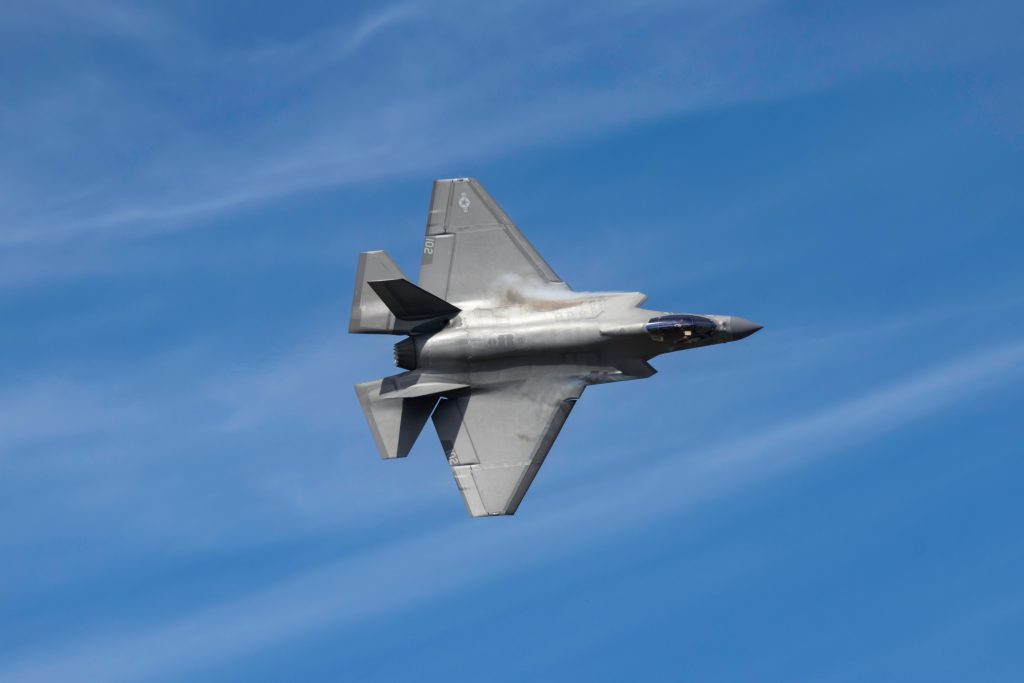
5. Lessons from Turkey’s Removal from the F‑35 Program
The Turkish purchase of the Russian S‑400 air defense system triggered its expulsion from the F‑35 program in 2019; US officials argued that co‑locating the jet with a Russian intelligence platform would compromise stealth secrets. The precedent underlines Washington’s reluctance to risk exposure of sensitive systems to foreign intelligence collection – a principle now at the center of the Saudi debate.
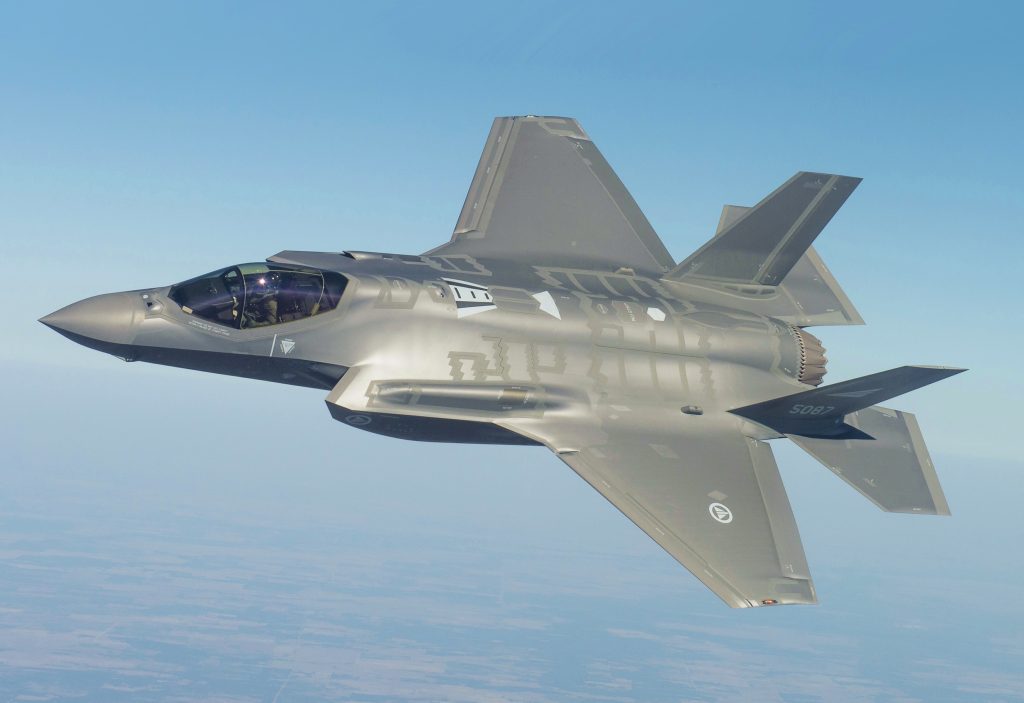
6. The Abraham Accords as Bargaining Chip
The administration links the sale of the F‑35s to potential Saudi normalization with Israel via the Abraham Accords. Such normalization would serve US strategic interests, but critics claim that these normalization agreements have enabled authoritarian repression and sidestepped key issues, such as the Palestinian one. Saudi reluctance to formally join diminishes the utility of this leverage.
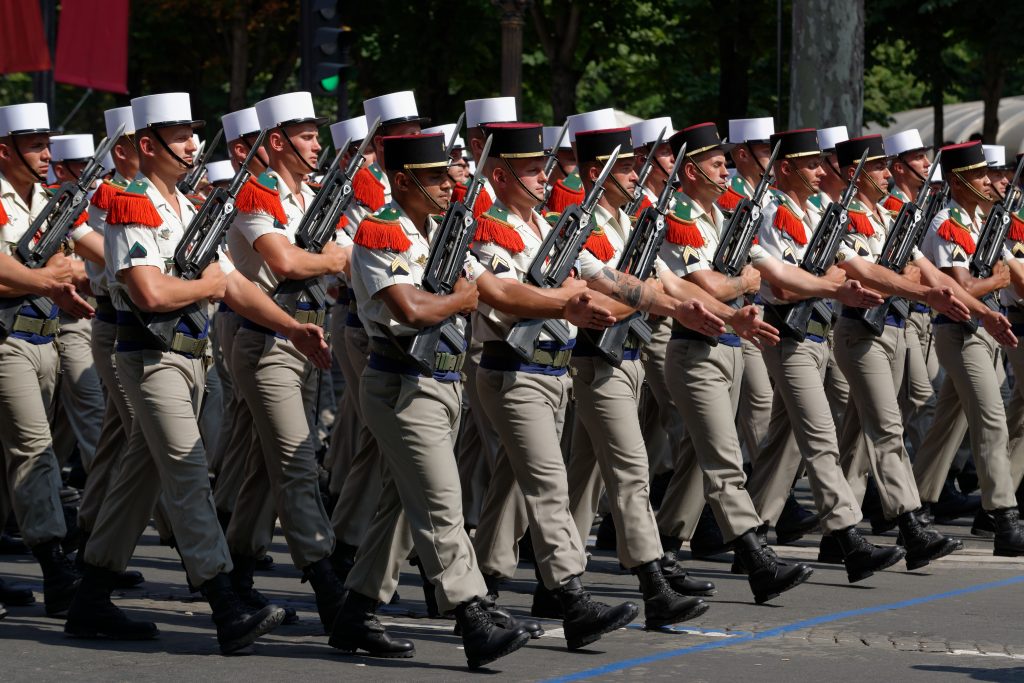
7. Congressional Oversight and Political Dynamics
Congress is demanding briefings on the DIA’s classified assessment, and is likely to resist the sale on security grounds. Lawmakers have moved in the past to block or condition arms deals over concerns about preserving regional stability. The political calculus is further complicated by the administration’s broader effort to speed up foreign military sales amid backlogs from earlier government shutdowns.
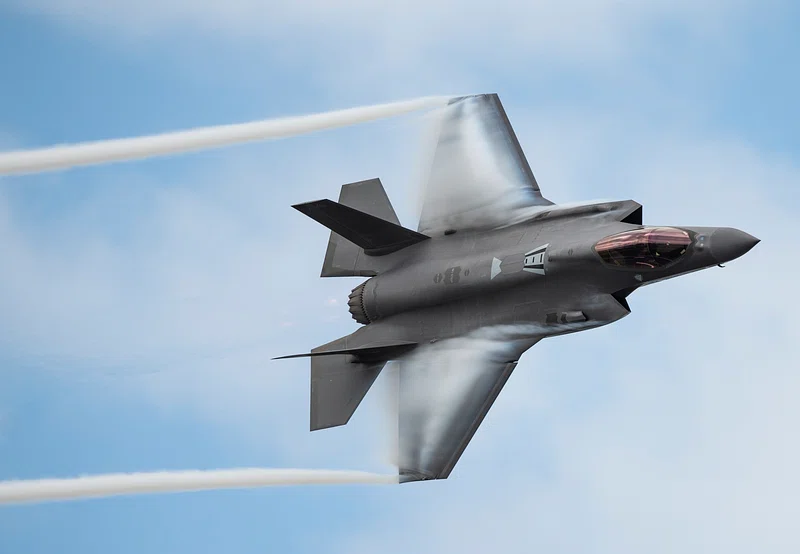
8. Regional Missile Proliferation Context
The Saudi strategic missile force today comprises at least five bases and likely new systems beyond the DF‑3. The regional proliferation of everything from Iranian Scuds to Egyptian and Syrian arsenals has been a principal driver of Riyadh’s deterrence posture. Introducing the F‑35 into this environment would increase strike doctrines and escalation risks, particularly if adversaries try to acquire counterstealth capabilities.

9. Risk of Alternative Purchases
If Washington opposes the sale, Riyadh may turn toward China’s J‑35 or Russia’s Su‑57. While neither of these planes would have interoperability with US systems, it would still strengthen Riyadh’s airpower, reinforcing ties with both rival powers in ways that would have long-term implications for the US position within Gulf security architectures. The Saudi F‑35 proposal sits at the juncture of state-of-the-art technology and alliance politics, besides great-power competition.
Approving it may strengthen the bilateral defense ties but risks eroding Israel’s military edge and expose prized stealth secrets to China. Blocking it might secure US technology yet push Riyadh toward alternative suppliers, reshaping security in the Gulf in unpredictable ways. For Washington’s strategists, the decision is less about one sale than the future architecture of power in the Middle East.


